Lambayeque
Chiclayo
Lambayeque
There are important archaeological remains to be found in Lambayeque, such as pyramids and pre-Inca administrative centers in the desert and in the middle of hot valleys. This province is famous for the sovereigns who ruled the north of Peru centuries ago and who today give us an account of its past. One of them is the star of this exhibition: the majestic Lord of Sipán.
There are also other important archaeological sites in Lambayeque that remain to be explored such as Sicán, Túcume and Chotuna; as well as modern museums with priceless collections. This Peruvian department is also famous for its beaches and spas, such as Pimentel, Puerto Eten, San José and Santa Rosa; and for its extraordinary Ecological Reserves, including Chaparrí.
Location
Northern coast of Peru
Capital
Chiclayo (29 meters)
Elevation
min.: 4 meters (Pimentel)
max.: 3078 meters (Incahuasi)
Climate
Temperature
Max.: 32 °C Min.: 18 °C
Arriving
By land
Lima - Chiclayo: 770 km / 13 hr
Trujillo - Chiclayo: 206 km / 3 hr 30 min
Piura - Chiclayo: 209 km / 3 hr
Cajamarca - Chiclayo: 265 km / 6 hr
Chachapoyas - Chiclayo: 449 km / 10 hr
By air
Lima - Chiclayo: 1 hr 15 min
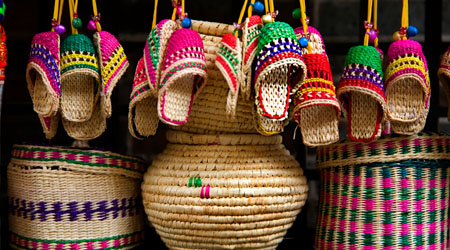
What to buy?
Monsefú and Eten are home to clever craftsman who use the paja (straw) to make sombreros (hats), cestas (baskets) and carteras (bags), among other products. Their embroidery on napkins, tablecloths, clothing and blankets is also well known.
What to eat?
Lambayeque’s gastronomy is one of the most well-known nationally. As a coastal region, fish and shellfish-based dishes are features, such as cebiche, chinguirito (guitarfish dried meat cebiche) or stingray tortilla. The cabrito con frijoles (goat stew with beans) and arroz con pato (duck with rice) are emblematic dishes.
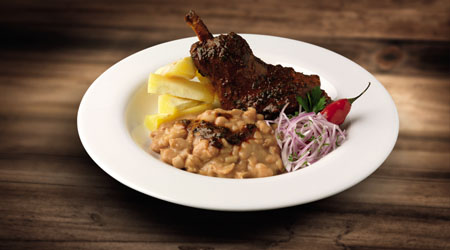
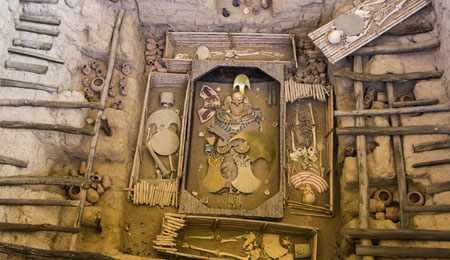
Tours (4 ½ days The minimum recommended stay)
Túcume museum, Royal Tombs of Sipán, Museum Brüning National Archeological Museum
Sicán National Museum, Pómac Forest Historical Sanctuary and Chiclayo Historic Center
Huaca Rajada Sipan Museum
Chaparrí Ecological Reserve
Pimentel seaside resort town and Monsefú Handicraft Market
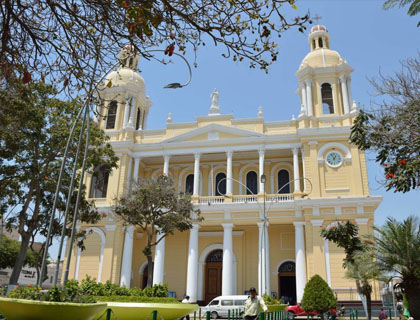
The Santa María Cathedral Church
Location: Opposite the main park, at the intersection of San José St. and Block 8 Elías Aguirre St.
Visiting Hours: Mon-Fri: 06:15 - 21:00 hrs / Sat: 06:15 - 13:00 hrs y 15:00 - 21:00 hrs / Sun: 06:15 - 13:00 y 16:00 a 21:00 hrs.
This neoclassical church was built in 1869, with three naves, a facade with two levels and doric columns.
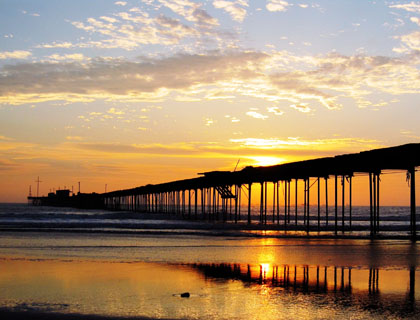
Pimentel Seaside Resort
Location: 11 km to the west of the city of Chiclayo (20 min. by car).
This modern resort aracts surf enthusiasts. The area’s artisanal fishermen keep alive a Pre-Columbian tradition: the use of caballitos de totora (boats made of Totora stems). Also visit the house museum of the national hero José Abelardo Quiñones and the iconic pier of 695 meters long. 3 km away is the hatchery zoo and giant bird rescue center.
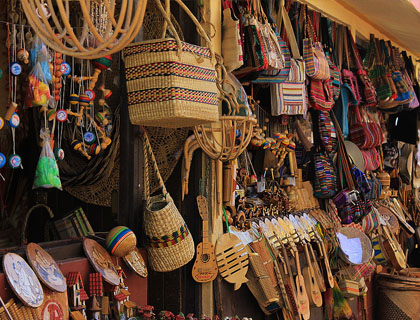
The Monsefú Handicraft Market
Location: 16 km to the south of the city of Chiclayo (15 min. by public transport).
This market is the ideal place to purchase the handicrafts for which Monsefú is known: fabrics of woven straw, coon and thread, as well as embroidery, goldsmith, carpentry, as well as laurel, wicher and reed handiwork.

Eten
Location: 22.4 km to the south of the city of Chiclayo (25 min. by public transport).
This town is considered the “paja macora (straw fabric) handicraft capital” and in honor of that title, the main square sports the world's largest paja straw hat. Religious fervor in all its splendor is on display during the Festival of the Divine Miracle Child, which celebrates his appearance on June 2nd and July 22, 1649 in a consecrated host. The Port of Eten is 2.2 km away.
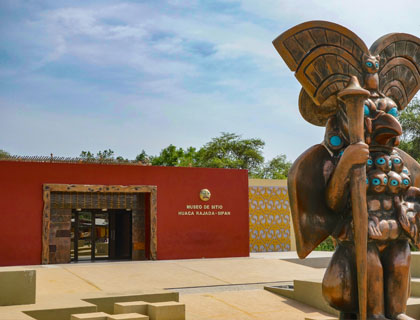
The Huaca Rajada
Location: 35 km to the southeast of the city of Chiclayo (45 min. by car).
Visiting Hours: Mon-Sun: 09:00 – 17:00 hrs.
Ticket entry.
This complex consists of two truncated pyramids and a funeral platform that watch over the majestic entombment of a Moche ruler. The powers of this individual, known today as the Lord of Sipán, can be inferred from the funeral dowry treasures, composed of multiple gold and silver jewels and by the entourage of bodies that accompany him (a warrior, a priest, a child, a guardian, two women, a dog and a llama).
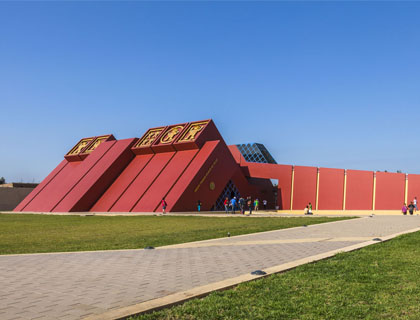
The Sipán Royal Tombs Museum
Location: 895 Juan Pablo Vizcardo y Guzmán Ave., Lambayeque City.
Visiting Hours: Tues-Sun: 09:00 - 17:00 hrs.
Tel.: (074) 283-978.
Ticket entry.
This museum exhibits earrings, power scepters, pectorals, nose rings, necklaces and gold headdresses from the funeral dowry of the Lord of Sipán, the Old Lord of Sipán and the Priest. These discoveries were the result of excavations in Huaca Rajada, in the locality of Sipán.
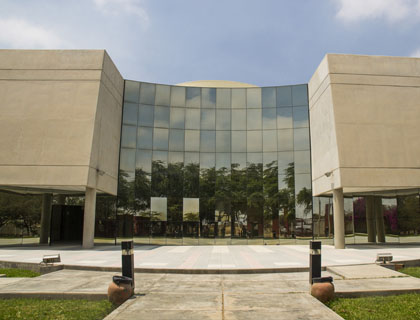
The Sicán National Museum
Location: Batán Grande Ave., block 9 , on the highway to Pítipo, 1 km to the north of the Ferreñafe Main Square (5 min by car).
Visiting Hours: Tues-Sun: 09:00 - 17:00 hrs.
Tel.: (074) 28 6469.
Ticket entry.
This museum displays discoveries from the excavations of Batán Grande, such as dowries recovered from its tombs. These objects allow greater understanding of daily life in Lambayeque culture, its social system and religious beliefs.
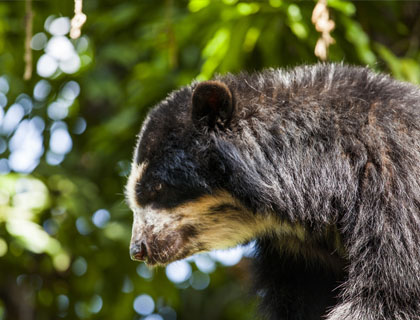
The Chaparrí Ecological Reserve
Location: 65 km (track) and 11 km (path) to the east of the city of Chiclayo (2 hr. by car).
Visits by prior arrangement, telephone: (074) 433-194 / 978-519-857.
Ticket entry.
Belonging to the Muchik Santa Catalina de Chongoyape campesina community, this is the first private conservation area in the country. Its 34,412 hectares protect the area’s dry forests and a great variety of wildlife, in particular species in danger of extinction such as the spectacled bear, the the pava aliblanca (white-winged guan) and the Andean condor. It registers 183 species of birds, 47 of them endemic.
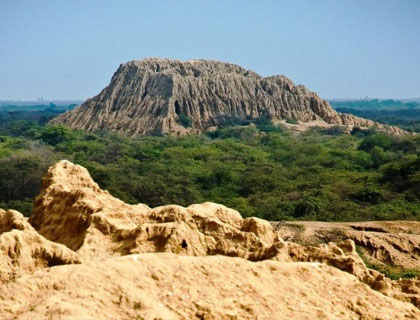
The Pómac Forest Historical Sanctuary
Location: 22 km to the northeast of the Ferreñafe Main Square (20 min. by car).
Visiting Hours: Mon-Sun: 08:30 - 17:00 hrs.
Ticket entry.
In this last dense dry forest of algarrobos (Peruvian carob trees), which is the habitat of zapotes (American Carob), mammals, reptiles and numerous bird species. A large quantity of gold, silver and golden copper objects were discovered in the pyramids, in particular the funeral dowry from the tomb of the El Oro huaca, comprised of crowns, masks, weapons, bracelets and gold weapons, in addition to turquoise, lapis lazuli and amber beads, as well as spondylus shells, which can be found in the Sicán National Museum.
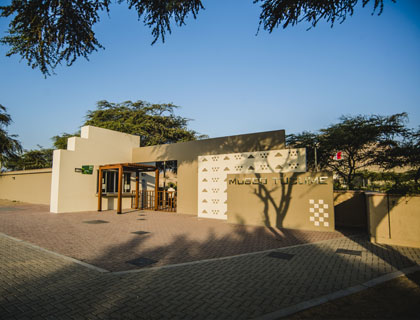
Túcume Museum
Location: 1 km to the east of the village of Túcume (5 min. by car), 21 km to the northeast of the Main Square of Lambayeque (30 min. on public transport).
Visiting Hours: Mon-Sun: 08:00 - 16:30 hrs.
Tel.: (074) 835-625.
Ticket entry.
The Valley of the Pyramids was founded by Calac, a descendant of Naylamp, around AD 700. There are 26 pyramids in total, the most outstanding being the Huaca del Pueblo, Cerro La Raya and Huaca las Balsas. In addition to tours of these huacas, the community, commied to the conservation of its heritage, offers regional dish tastings, as well as healing sessions. Visitors can access the new museum that exposes more than a thousand objects found including textiles, ceramics and metal objects.



